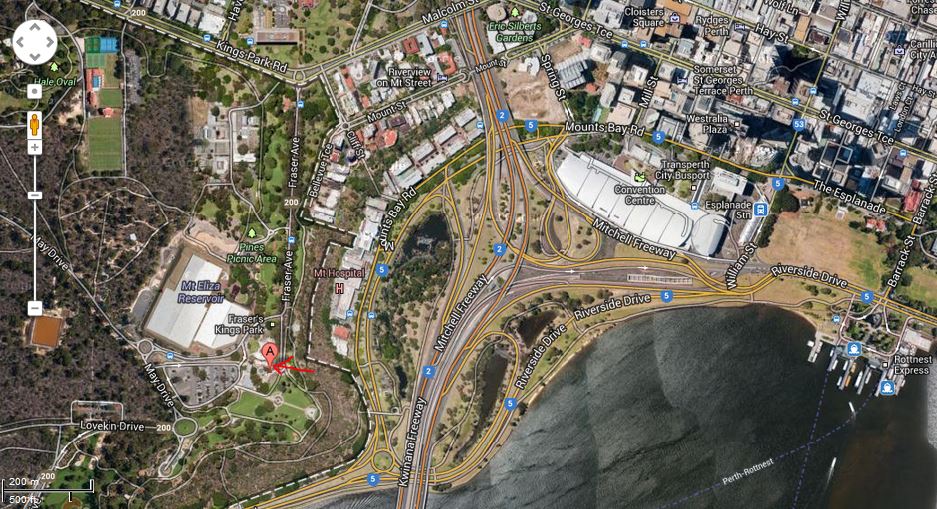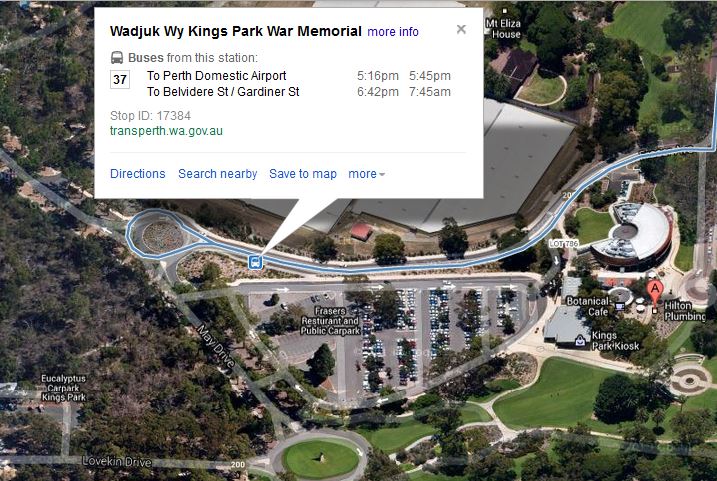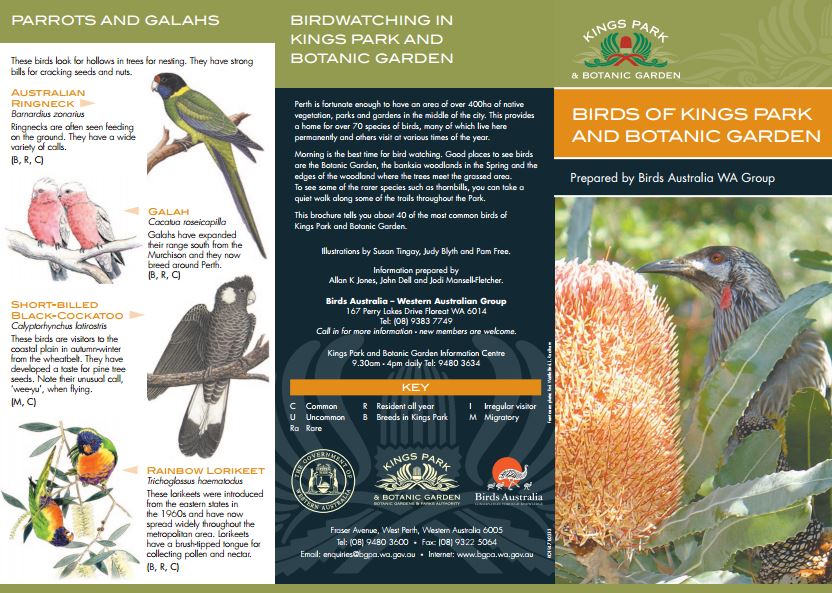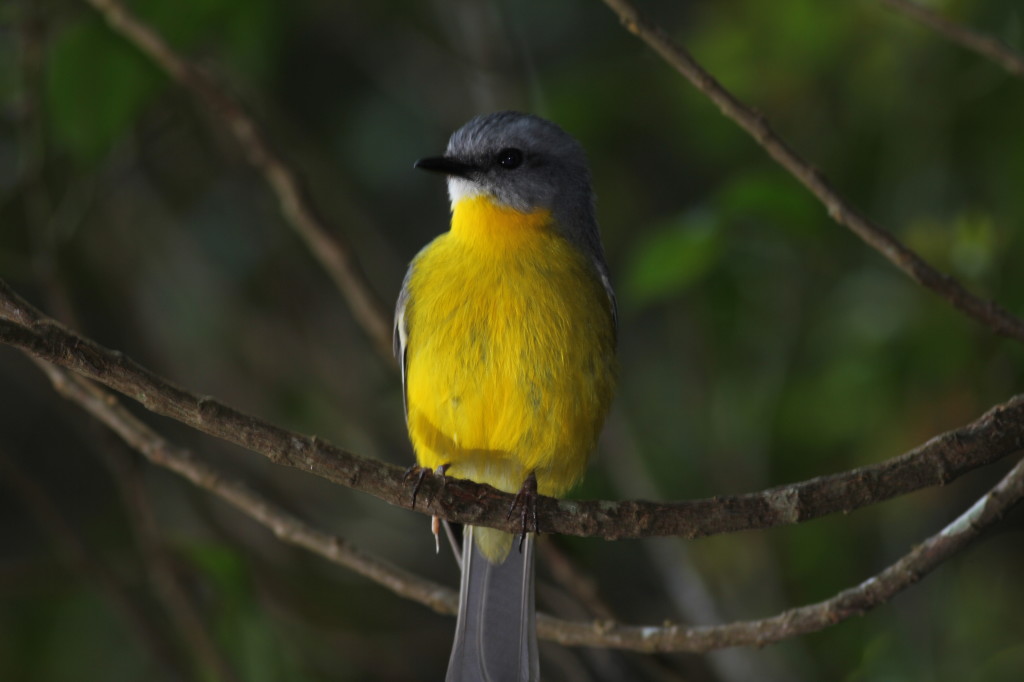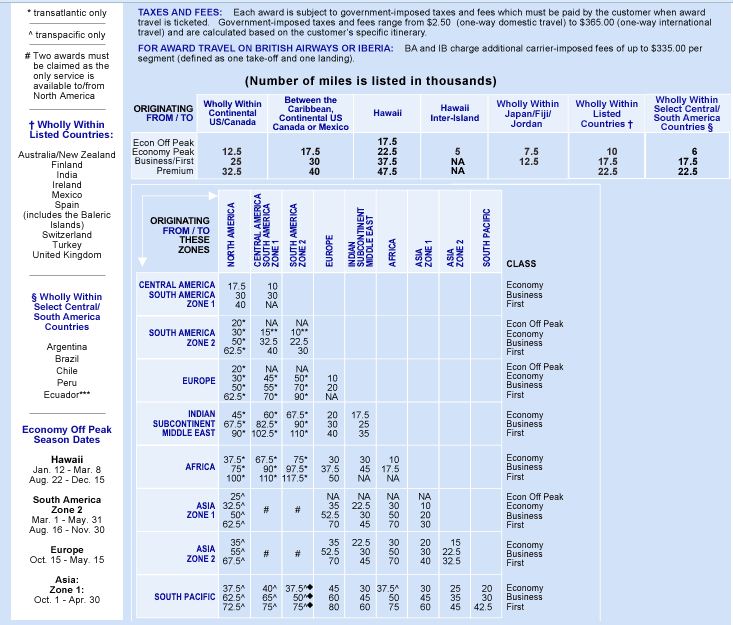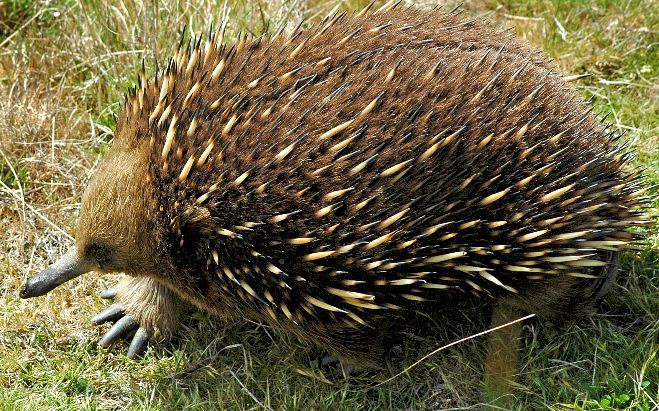OVERVIEW
Rottnest Island is Perth’s premier Island destination and offers a smorgasbord of coastal activities including boating, fishing, swimming, surfing, diving and snorkelling so there is something to interest everyone in the family. But for eco-tourists, Rottnest Island is a haven for Western Australian flora and fauna. It is a protected A-Class Reserve which is home to many unusual animals and plants, particularly a small marsupial called the quokka (Setonix brachyurus). The quokka looks like a pint-sized kangaroo and is very popular with the tourists. It is also home to many birds. Coastal birds around Rottnest Island include the pied cormorant, osprey, pied oystercatcher, silver gulls, crested tern, fairy tern, bridled tern, rock parrot and reef heron.
Quokka
Detailed information is available on the Rottnest Island website.
HOW DO YOU GET THERE?
Coming from overseas, you can easily get to Australia using frequent flyer miles and base yourself in Perth.
Location of Rottnest Island
Rottnest Island is an easy day trip from Perth or Fremantle using the Rottnest Express. Bookings are easily made online and you can choose between simply the round-trip ferry or day trips that include various guided excursions around the island. This is an example of fares for adults, concession (pensioners) and children.
Rottnest Ferry
If you would prefer a tour, you can simply choose one from their tour page. If this is your first trip to Rottnest Island, I would advise getting one of the 90 minute tours to get orientated to the island, then spend more time in the areas of most interest to you. But don’t miss your ferry back!
HOW MUCH IS IT?
It varies based on which tour package you get. Here is an example of the Discovery Tour. Other tours are available and you can stay overnight if you wish. More information is available on the tour page.
Discovery Tour
HOW LONG SHOULD YOU SPEND THERE AND WHAT SHOULD YOU SEE?
How long you spend is largely determined from the ferry schedules so plan on dedicating a full day to your Rottnest Island adventure. Since I am blogging for eco-travelers, I’ll concentrate on the wildlife. The quokka is possibly the most well known animal on Rottnest Island. A marsupial the size of a hare or domestic cat, the quokka is the sole representative of the genus Setonix. As with other marsupials, such as the kangaroo, wallaby, wallaroo, bettong and potoroo, the females suckle their young in a pouch. Quokkas congregate under dense shrubs for shelter, and are less active during the day. They give birth in late summer, after a gestation period of twenty-seven days, and the young quokka remains in the pouch until August or September, and is then suckled for a further two months. The quokka reaches maturity at about one-and-a-half to two years of age, and lives to be ten years old.
Rottnest Island is home to many birds. Coastal birds around Rottnest Island include the pied cormorant, osprey, pied oystercatcher, silver gulls, crested tern, fairy tern, bridled tern, rock parrot and reef heron.
About ten percent of the eastern end of Rottnest Island is made up of salt lakes, containing brine shrimp. Brine Shrimp support a large number of birds such as the red-necked avocet, banded stilts, ruddy turnstone, curlew sandpiper, red-capped dotterel, Australian mountain duck, red-necked stint, grey plover, white-fronted chat, caspian terns and crested terns.
Red-necked Stint
The red-necked stint (which weighs only 30 grams) – as well as the grey plover, ruddy turnstone, grey-tailed tattler and curlew sandpiper – is a transequitoral migrant which breeds in the Arctic Circle and flies to the southern hemisphere during the non-breeding season.
There are many sea birds around Rottnest Island, including the yellow-nosed albatross, the cape petrel, Wilson’s storm petrel, Australian gannet, great skua and wedge-tailed shearwater. Of these only the wedge-tailed shearwater lands on the Island to breed in colonies of burrows at Cape Vlamingh and Radar Reef.
The birds of the Melaleuca and Acacia woodlands include the tree martin, welcome swallow, silvereye, spotted turtledove, laughing turtledove, fan-tailed cuckoo, red-capped robin, golden whistler, western warbler, singing honey eater and Australian raven.
Birds commonly found around the settlement area include the silver gull, Australian raven, sacred kingfisher and the banded plover (or lapwing). Peafowl, an introduced species released onto the Island in about 1915, can also be seen around the Settlement.
The osprey, nakeen kestrel and ring-necked pheasant favour the heath on Rottnest Island. The two to four pairs of osprey resident on Rottnest Island breed there every year, returning to their nests which are among the most durable structures in the world – one located at Salmon Point is estimated to be approximately 70 years old. The osprey nests are located at the highest point of a stack or headland, giving the birds a great vantage point.
The brackish swamps are home to the black duck and grey teal duck.


